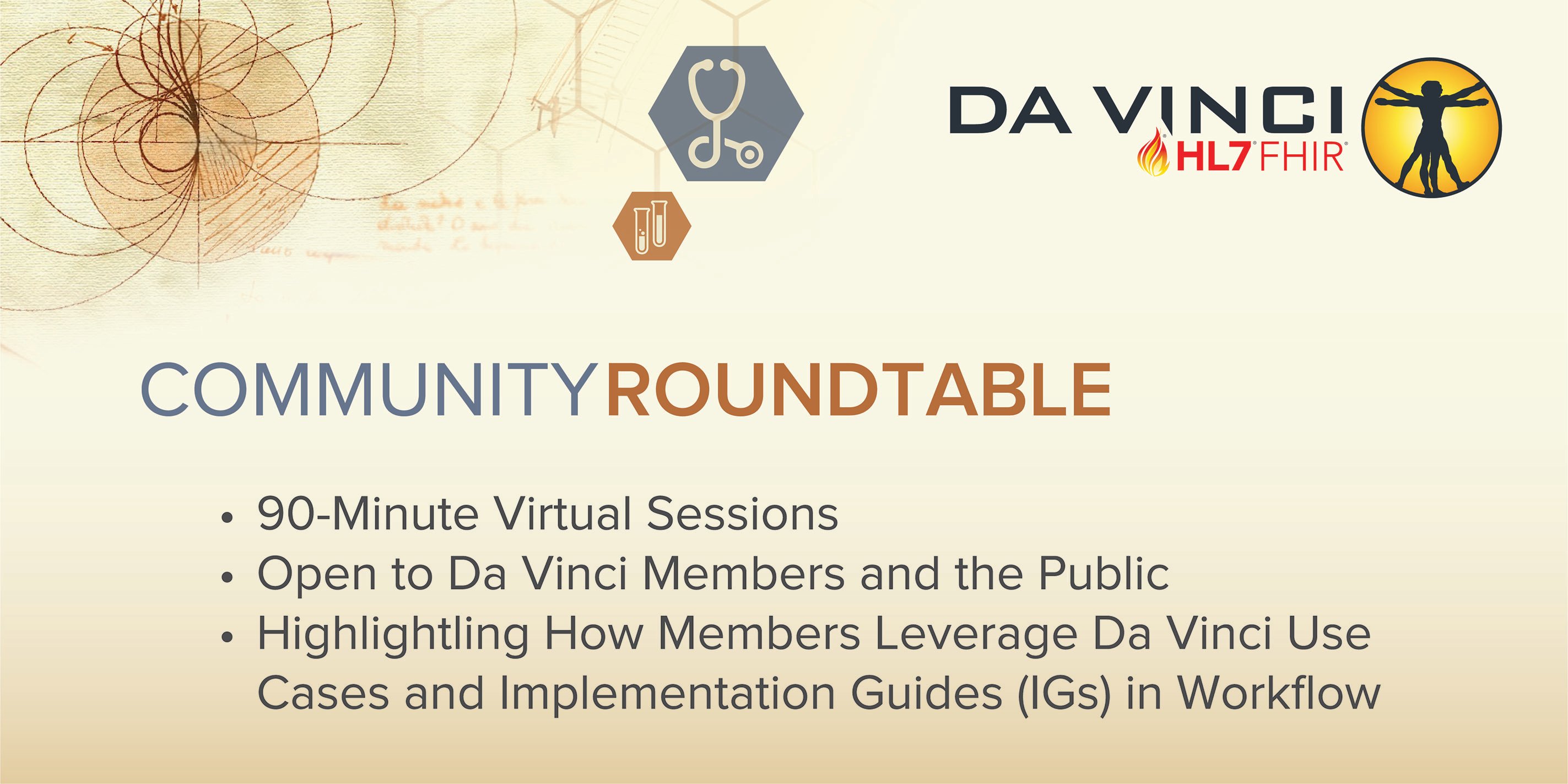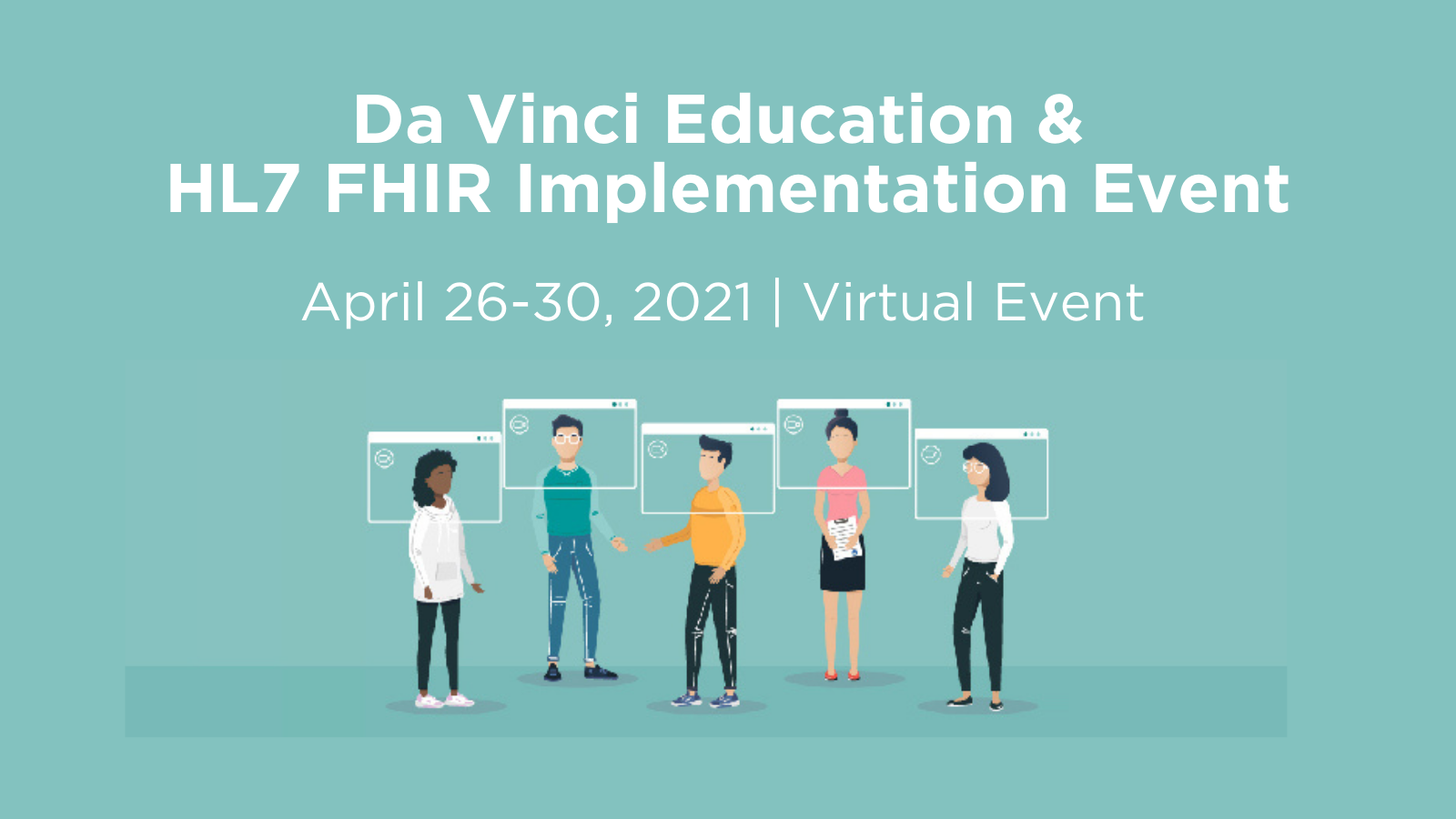Register Now for March 27 Session
Fresh from the HIMSS24 stage, the presenters at the March HL7 Da Vinci Project Community Roundtable will explore existing pain points of scaling HL7 FHIR between payers and providers, the advantages of leveraging FHIR exchange networks, and the challenges that come with it to ensure security and privacy of health data.
“Interoperable FHIR: Networked FHIR Exchanges Learnings and Industry Reflections,” this month’s program, is slated for March 27, 4 - 5:30 p.m. ET.
Panelists will focus on specific use cases and stakeholders to compare different approaches.
In addition to the presentation, Da Vinci program leadership will present updates and reflections from recent months, including top themes from ViVE and HIMSS events.
Panelist include:
- Jim Adamson, Business Transformation Manager, Arkansas Blue Cross and Blue Shield
- Dave DeGandi, Interoperability Strategist, Cambia Health Solutions
- Bill Howard, Board Chair, eHealth Exchange
- Jocelyn Keegan, Program Manager, HL7 Da Vinci Project, and Payer/Practice Lead, Point-of-Care Partners
- Karuna Relwani, Business Lead Interoperability, Blue Cross Blue Shield
The Community Roundtable is moderated by Alix Goss, HL7 Da Vinci Project PMO, and Senior Consultant, Point-of-Care Partners.





.png)
